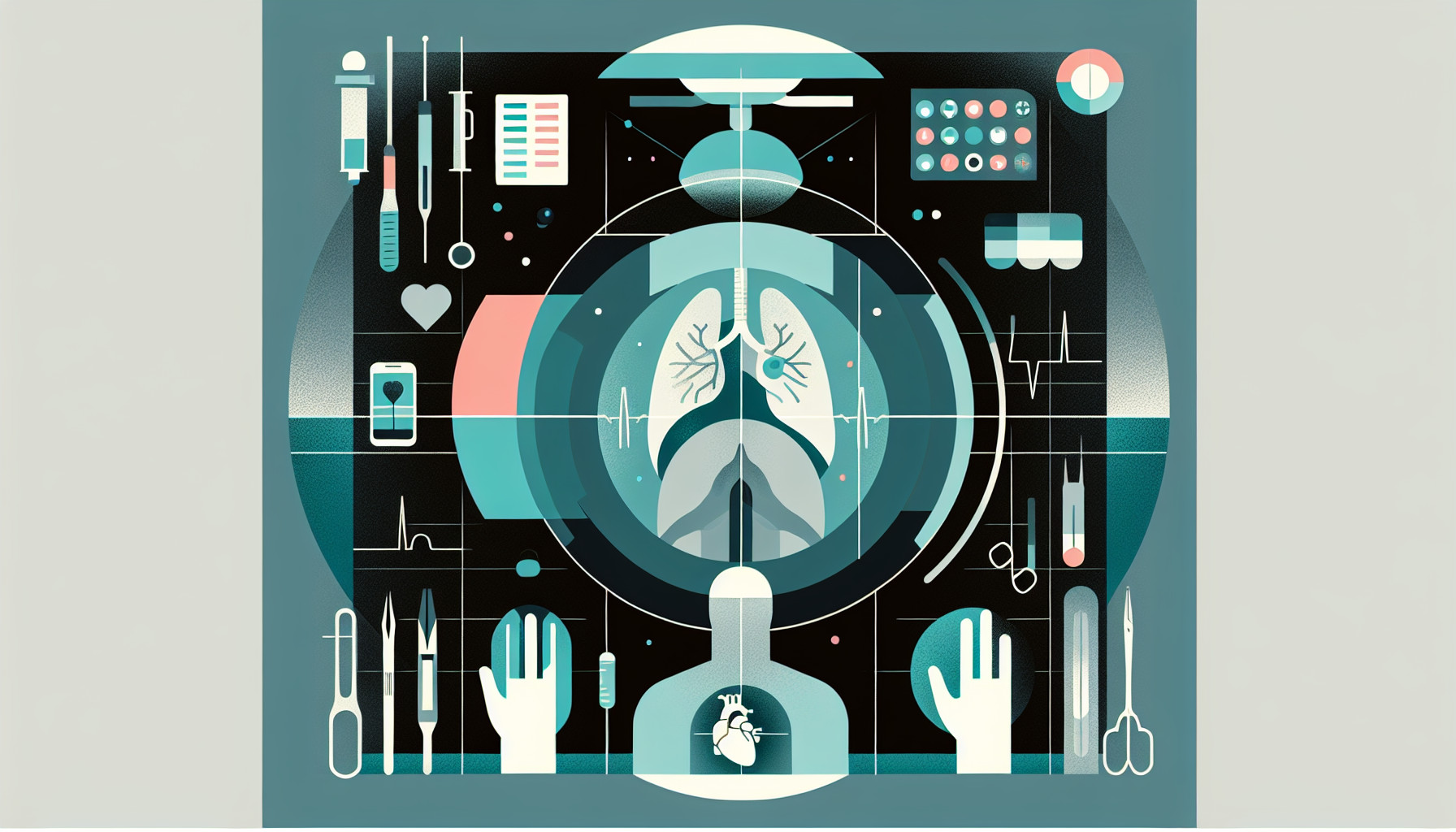Our Summary
This paper looks at two different methods of breast reconstruction after a type of breast cancer surgery called nipple-sparing mastectomy (NSM). One method is immediate reconstruction, where the breast is rebuilt right after the mastectomy. The other is delayed-immediate reconstruction, where a tissue expander is put in at the time of the mastectomy, and then the actual reconstruction is done later.
The researchers looked at the medical records of patients who had these procedures between 2004 and 2021. They found that 101 patients (or 151 breasts) had the surgery followed by a specific type of reconstruction using tissue from the abdomen. Of these, 59 patients (or 89 breasts) had immediate reconstruction, and 42 patients (or 62 breasts) had delayed-immediate reconstruction.
The researchers found that the immediate reconstruction group had more issues with wound healing, wounds needing another operation, and tissue death in the breast skin flaps and nipple-areolar complex. When they looked at all complications from all reconstructive surgeries, the immediate reconstruction group still had more problems with tissue death in the breast skin flaps.
However, the delayed-immediate reconstruction group had more issues with being readmitted to the hospital, infections, and needing oral or intravenous antibiotics for these infections.
The researchers concluded that immediate reconstruction after NSM can solve many problems seen with the delayed method, even though it does lead to a higher rate of tissue death in the breast skin flaps. They suggest that this issue can often be managed with conservative treatments.
FAQs
- What are the two methods of breast reconstruction after nipple-sparing mastectomy discussed in this study?
- What are the main issues found with immediate reconstruction after nipple-sparing mastectomy?
- What complications were more common in the delayed-immediate reconstruction group after nipple-sparing mastectomy?
Doctor’s Tip
One helpful tip that a doctor might tell a patient about nipple reconstruction is to carefully follow post-operative care instructions to reduce the risk of complications such as wound healing issues, infections, and tissue death. This may include keeping the surgical area clean, avoiding strenuous activities that could strain the healing tissue, and taking any prescribed medications as directed. It is important to communicate openly with your healthcare team about any concerns or changes in your recovery process.
Suitable For
Patients who are typically recommended for nipple reconstruction after a nipple-sparing mastectomy are those who have undergone a mastectomy for breast cancer and wish to restore the appearance of their breasts. Nipple reconstruction is often recommended for patients who have completed their breast reconstruction surgery and are looking to achieve a more natural-looking breast appearance. It is important for patients to discuss their options with their healthcare provider to determine if nipple reconstruction is the right choice for them.
Timeline
Before nipple reconstruction, a patient typically undergoes a nipple-sparing mastectomy (NSM) as part of their breast cancer treatment. This involves the removal of breast tissue while preserving the nipple and areola. After the NSM, the patient may opt for breast reconstruction, which can be done immediately following the mastectomy or at a later time.
If the patient chooses immediate reconstruction, the breast is rebuilt right after the mastectomy. This may involve using tissue expanders or implants to create a new breast shape. If the patient chooses delayed-immediate reconstruction, a tissue expander is placed at the time of the mastectomy, and the actual reconstruction is done at a later date.
After nipple reconstruction, the patient may experience complications such as wound healing issues, tissue death in the breast skin flaps, infections, and the need for additional surgeries. These complications can vary depending on whether the reconstruction was done immediately or in a delayed manner.
Overall, immediate reconstruction after NSM may lead to a higher rate of tissue death in the breast skin flaps, but it can help to address many issues seen with delayed reconstruction. Complications from both methods can often be managed with conservative treatments, and the choice of reconstruction method should be made based on the individual patient’s needs and preferences.
What to Ask Your Doctor
- What are the risks and benefits of immediate nipple reconstruction compared to delayed-immediate nipple reconstruction?
- How likely am I to experience complications such as wound healing issues, infections, or tissue death with each type of reconstruction?
- What factors should I consider when deciding between immediate and delayed-immediate reconstruction?
- How will each type of reconstruction impact the overall aesthetic outcome of my breasts?
- What are the long-term effects of each type of nipple reconstruction on sensation and function?
- How soon after the mastectomy can nipple reconstruction be performed, and when can I expect to see the final results?
- How many surgeries are typically required for nipple reconstruction, and what is the recovery process like for each type?
- Are there any specific post-operative care instructions or precautions I should follow to minimize the risk of complications?
- Can you provide me with before-and-after photos of patients who have undergone nipple reconstruction to help me visualize the potential outcomes?
- What is the success rate of nipple reconstruction in terms of patient satisfaction and overall aesthetic appearance?
Reference
Authors: Barnes LL, Patterson A, Lem M, Holland MC, Lentz R, Sbitany H, Piper ML. Journal: Ann Plast Surg. 2023 May 1;90(5):432-436. doi: 10.1097/SAP.0000000000003539. PMID: 37146309
